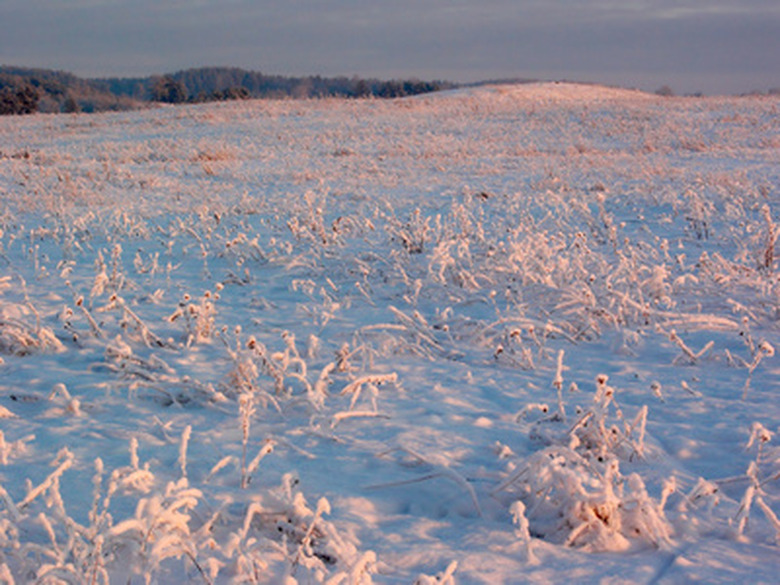Bermuda Grass Vs. Fescue Grass
Bermuda grass and fescue grass are different in several ways, even though both are drought-tolerant grasses with deep roots. Bermuda grass and fescue grasses each have strengths and weaknesses that give them advantages in different growing situations. Understanding the differences between Bermuda grass and fescue grasses can help you choose the right grass for your lawn.
Appearance
Bermuda grass is a dark green perennial grass that usually grows to be no more than two inches long. Along the blade of Bermuda grass, white hair-like puffs protrude from where the stem intersects with the leaves. Turf-type fescue grass is also dark green, but it grows up to 3 or 4 feet if it is left to grow on its own.
Propagation
Fescue grass is propagated by seed. Bermuda grass reproduces by putting out stolons and rhizomes. Stolons are above-ground stems that run along the ground and propagate new sprigs of grass. Rhizomes are similar to stolons, but they run underground. Some varieties of Bermuda grass can propagate by seed, but lawn gardeners usually don't plant Bermuda grass by seed because it is an unreliable method of establishing a new lawn.
- Bermuda grass and fescue grass are different in several ways, even though both are drought-tolerant grasses with deep roots.
Growth Habits
Bermuda grass is a drought-tolerant, warm-season grass that grows rapidly when fertilized, making it a good turf grass for high-traffic lawns and sports fields. Fescue is a cool-season grass that is more tolerant to lower temperatures than Bermuda grass, so it is better suited for climates with chilly winters. Bermuda grass runs a higher risk of fungal infections than fescue turf.
Geography
Bermuda grass grows in the Southern United States as well as Africa, India, Australia and South America. Fescue grass grows in most of the United States, thriving in states with warm summers and cold winters like Missouri, Arkansas and Tennessee.
Considerations
Tall fescue, the most popular type of fescue, is a turf-type grass, while other types of fescue include ornamental-type grasses. Ornamental grasses differ from turf-type grasses and grow in tall, dense clusters that do not tend to spread. The most common type of ornamental fescue is Blue fescue, also known as Sheep fescue or Festuca.
- Bermuda grass is a drought-tolerant, warm-season grass that grows rapidly when fertilized, making it a good turf grass for high-traffic lawns and sports fields.
- Fescue is a cool-season grass that is more tolerant to lower temperatures than Bermuda grass, so it is better suited for climates with chilly winters.
